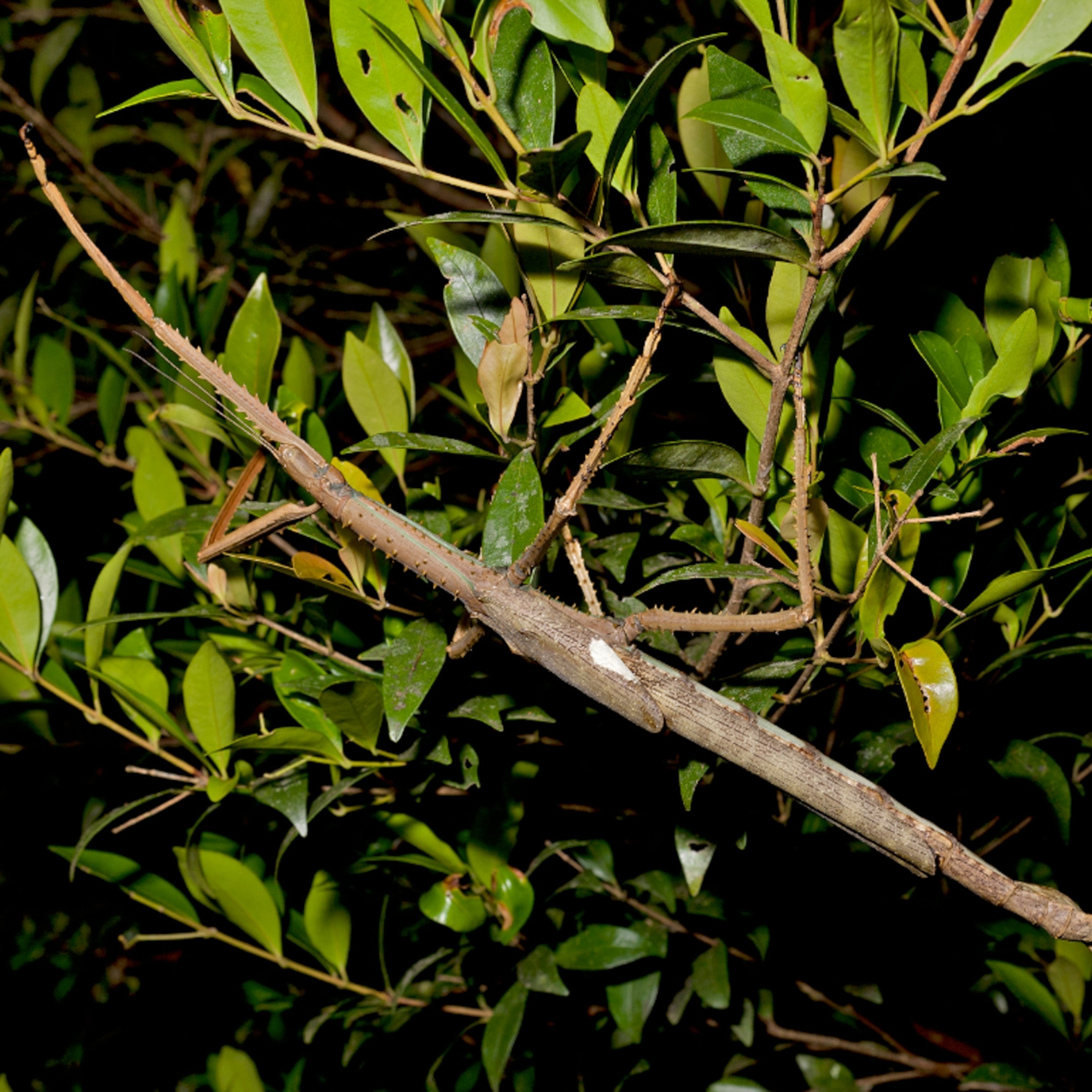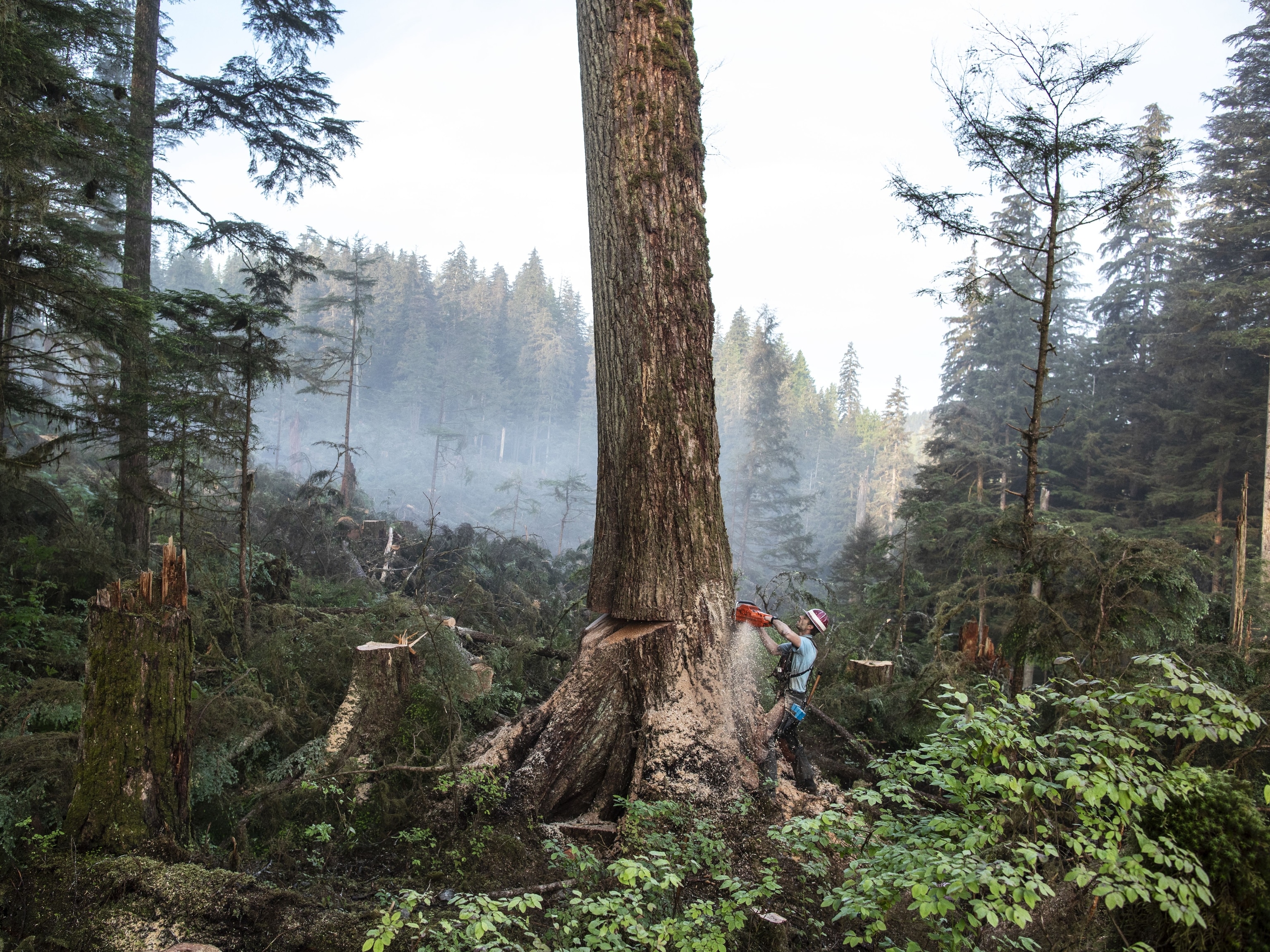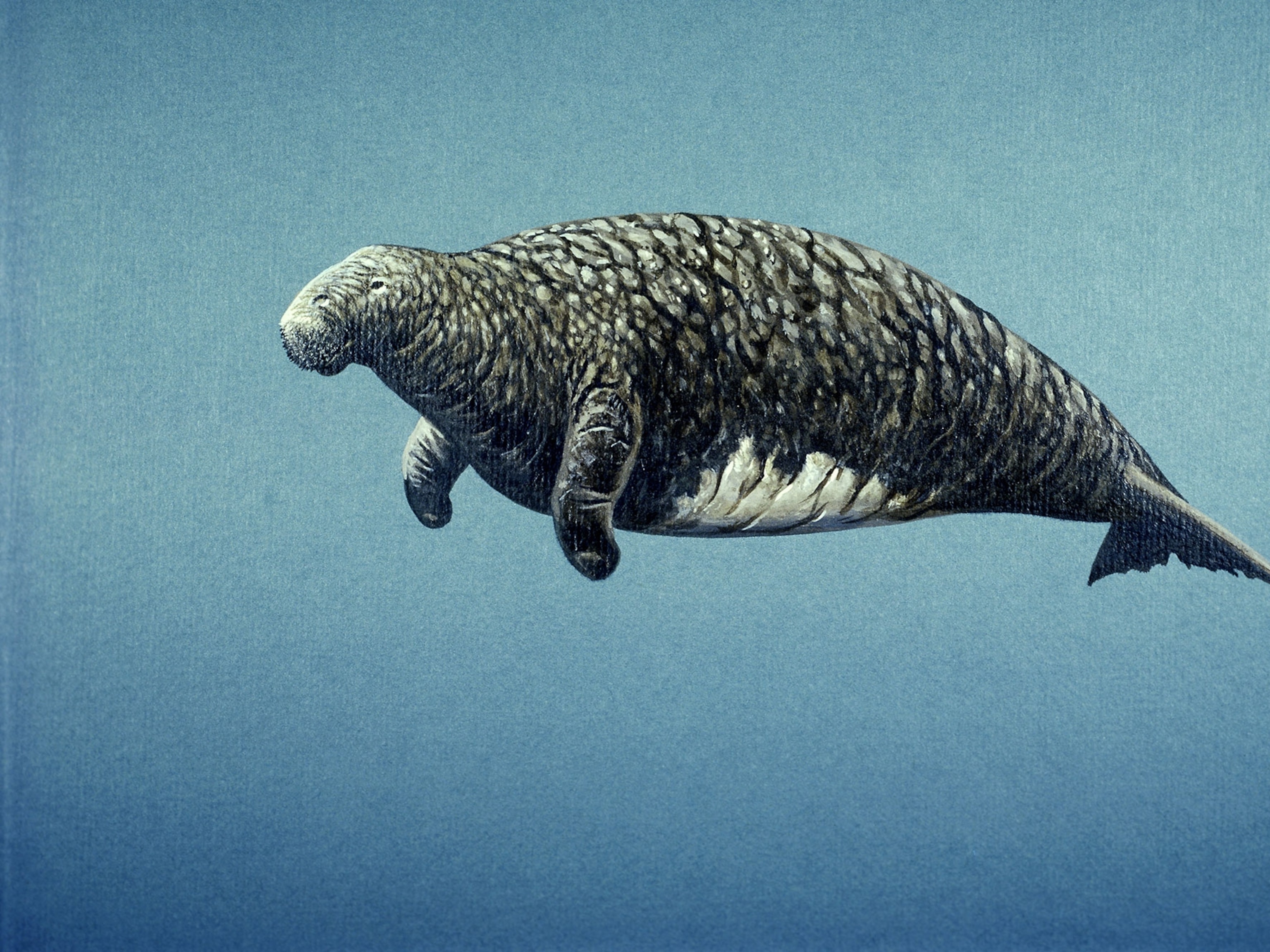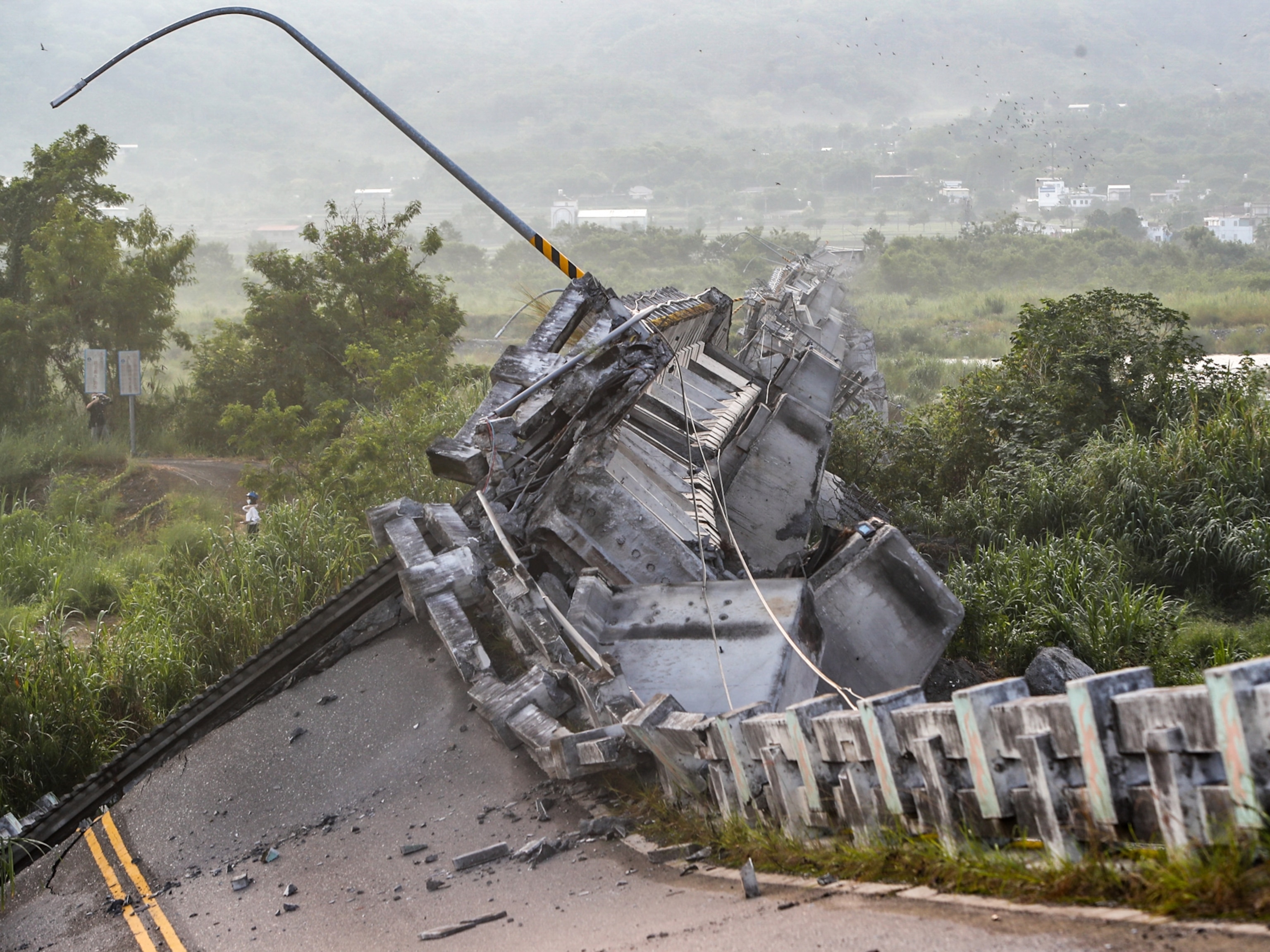One year on from horrific fires, Australians struggle to rebuild
The fires that raged across the country last year shocked residents and left lives in tatters. Here’s where some are now.

On the evening of December 30, 2019, Ron Corby, 88, went to bed in Cobargo, a village on Australia’s southeast coast. But at around two-thirty in the morning, he awoke to a call from his daughter, telling him he had to evacuate his home immediately.
Within minutes, she was outside in her car, the fire front close behind. Her home, just a few miles down the road, had already burned to the ground.
Corby had lived in Cobargo for decades. As a farmer, he had experienced all of Australia’s weather extremes, from droughts to floods and fires, but nothing like the monstrous flames that tore through his town on the eve of 2020, destroying nearly everything in their path, including his home.


One year ago, the devastating fires that swept across Australia killed 33 people, decimating thousands of homes and more than a billion animals. More than 3,000 people lost their properties. Roughly 42 million acres were razed, including rainforests and unique ecosystems, and threatened species were pushed further toward extinction. Scientists described the blazes as both unprecedented and an ominous example of the climate disasters to come.
“This fire was hotter than anything,” Corby said in a January interview. “I saw cars’ aluminium wheels melted and running down the gutter like a stream,” he added. “The fire came from all angles, in whirling winds and twisters.”
In part, that season was so devastating because of the extreme drought and above-average temperatures that preceded it, David Bowman, a professor of pyrogeography and fire science at the University of Tasmania said in a recent interview. “The landscape was so dry that all you needed was a spark,” he said. “Climate change delivered a fire season that was never imagined, and never could have been imagined.”
As global warming makes such events more frequent and intense, Australians will need to take drastic adaptation measures—including rethinking where they live and how they manage the landscape—to cope with future fire seasons.




An independent inquiry found in October that the federal government needed to take greater responsibility for coordinating a response to the fires at the national level, and made clear that it needed to consider climate change in its planning.
A blood-red sky
Some of the most devastating fires of the 2019-2020 season tore through the states of New South Wales and Victoria in the early hours of New Year’s Eve. Smokey haze turned the morning sky from blood-red to pitch black, sucking oxygen from the air until birds fell dead from above. The world watched as news reports showed scenes of holidaymakers left dazed and stranded on beaches surrounded by flames. The military was mobilized in one of the largest peacetime efforts, and firefighters from multiple countries, including the United States, flew to Australia to assist.
Historic villages like Cobargo, which dot the southeastern coast of Australia between Melbourne and Sydney, were among the most scarred. Early in 2020, London-based photographer Gideon Mendel visited Cobargo and other affected towns to document the intense loss by taking portraits of those whose homes were destroyed, standing among the ruins.
“We don’t want to ever see this again,” Corby told Mendel of the night he lost his home and possessions. In total, seven houses among three generations of Corby’s family were destroyed.


That same evening, December 30, as Corby was heading to bed in Cobargo, Jenni Bruce, an artist from Upper Brogo, 11 miles away, was driving home after visiting a friend, when she saw the menacing red glow on the horizon.
“That wasn’t a fire front, that was just a land-eating monster,” said Bruce, 65, who also served three decades with the Rural Fire Service, the state firefighting agency in New South Wales. “I’ve never seen anything like that,” she told Mendel in January.
Instead of heading home, Bruce turned her car around and drove until, by dawn on New Year’s Eve day, she had reached a shelter in Bermagui—a beach town where thousands of people had gathered with their families and pets, awaiting news of the fates of their homes and loved ones.
Two days later, when Bruce returned to her property—to where there once was a lush garden of blueberries and fruit trees and two years of her paintings—she keened. The whole thing, save for the chimney and one piece of art, a prayer wheel, had been reduced to ash. “It was just, all gone,” she said. “Obliterated.”




Isolated and forgotten
The Australian government, with its deep ties to the coal industry, has been slow to act on reducing emissions, or to acknowledge the role of climate change in the blazes, as heat-caused drought creates tinder-dry landscapes that a single spark can kindle. When the country’s prime minister, Scott Morrison, visited Cobargo in the immediate aftermath of the worst fires in January, residents heckled him and refused to shake his hand.
That was “probably deserved,” said local resident Anthony Montagner shortly after the visit.. “He walks around with a smirk on his face and thinks everything’s okay. He doesn’t seem to get it.” Montagner lost his home in Upper Brogo to the fires.
In March, after many Australian states went into lockdown to help stop the spread of the coronavirus pandemic, bushfire victims said they felt even further isolated and forgotten. Many are still living in tents and RVs on their properties while they rebuild their homes.
This year’s bushfires are not expected to be as devastating—the forecast predicts more rain than average, especially in the eastern part of the country. But as Australia gets hotter and drier in the coming years, scientists expect there will be fire seasons like 2019-2020 again.
“Last year’s fires were unprecedented,” but could become commonplace in the years to come, Richard Thornton said this December. Thornton directs the Bushfire and Natural Hazards Cooperative Research Center, which coordinates research into disasters across Australia. “Communities that live in fire areas, which to be frank, is most of Australia, need to become disaster resilient,” he said.
But for those who lost their homes, the implication that climate change is simply something they need to learn to live with can be infuriating. “We’ve been screaming about it for years,” Bruce, the artist, said in January. “The people that are in power,” she added, “I wish they’d listen.”

For several months, Bruce has been camping on her property while rebuilding. Though the area remains fire prone, she said she would never leave, because it would feel like abandoning a sick friend.
“The bush will come back, but it will be different,” she said in an interview earlier this month. “I won’t see it in my time,” she added, but “maybe my grandchildren might see a forest.”







